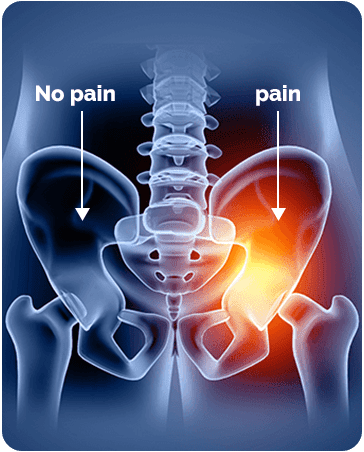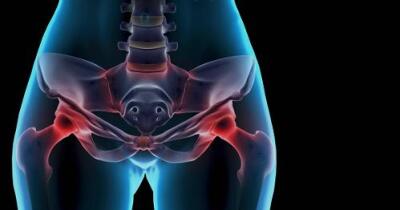
If you are having pelvic pain, you need to seek medical attention as soon as possible. Pelvic pain is a common complaint among women. However, it is not the same as perineal pain, which is a painful feeling in the external genitals or the surrounding skin. The cause of pelvic inflammatory disease is not always known. While there are certain things that can cause pelvic pain, the most common cause is often unclear.
Managing chronic pain is one of the most difficult jobs in medicine. A doctor will evaluate your symptoms to rule out underlying medical problems. Nonmedical treatments may be recommended by your health care provider. These include yoga, relaxation techniques, and exercise. These treatments can provide relief and reduce your symptoms without the need for invasive procedures. The best option for your pain is to see a gynecologic specialist. This will help them determine the underlying cause of your pelvic pain.
Some types of pelvic pain are associated with a particular health issue. This type of pain can originate in the bladder, rectum, or Fallopian tubes. It can also be caused by infection or an underlying medical condition. A doctor will need to examine the symptoms to determine the cause. While most pelvic ache is related to a medical problem, the severity of the pain will vary. If your pain is severe, you should seek medical attention right away.
The main causes of pelvic pain are infections, tumors and conditions affecting the muscles and nerves of the pelvic area. This type of pain can occur during a woman’s menstrual cycle or at any time during sex. A doctor will be able to diagnose the source of the pain to determine whether it is a recurring problem or something else. In some cases, pelvic pain can be psychological, which can make you feel worse.

If your pain is accompanied by other symptoms of pelvic pain, you should seek medical help as soon as possible. Your doctor will evaluate your condition and prescribe medications. You should see a doctor about pelvic pain as soon as you suspect a problem. If you think you are experiencing symptoms of pelvic inflammatory disease, it is important to consult your doctor or website https://sagg2019.com/. In addition to pain during menstruation, it can also occur during sex.
Pain in the pelvic area can be caused by various diseases. Infections in the pelvic area can be a source of pain in the pelvic area. Chlamydia and gonorrhea are common sexually transmitted diseases, affecting more than 820,000 people each year. Although the symptoms of these diseases are often accompanied by pain, they can also be caused by infection. Depending on the type of infection, symptoms can range from painful urination to bleeding between periods.
In addition to pelvic pain, pelvic inflammatory disease can also cause pelvic pain. This pain is often intermittent and may occur during menstruation or an ectopic pregnancy. It may also affect a person’s sexual function, urination, or bowel movements. When pain is accompanied by fever, it can also be caused by a tumor in the pelvic area.
Another source of pelvic pain is infection. If an infection is present, this condition can cause the pain to spread to the lower part of the body. When the intestines have difficulty moving, food may not pass through the body properly. If a person experiences chronic pelvic pain, they should see a doctor immediately. An infection may be causing the pain, but surgery is not required.
Symptoms of pelvic pain can occur in the area of the thigh below the belly button, between the hips, and in the lower back. A woman should consult her physician immediately if she has these symptoms. A gynecologist or urologist can perform a variety of tests to diagnose the cause of pelvic pain. If a woman experiences any of these symptoms, she should seek medical attention.